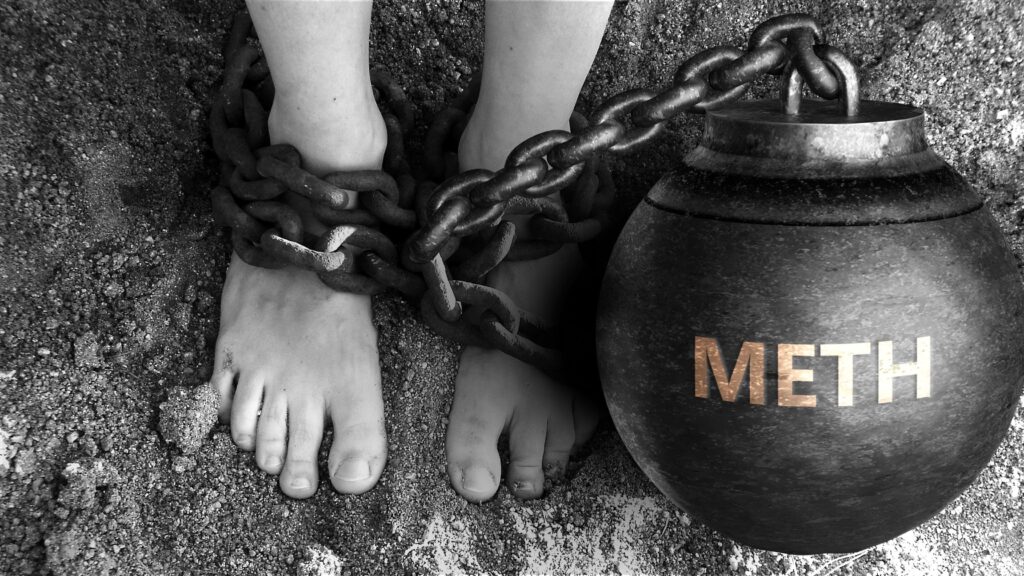How Long Can it Take to Get Addicted to Alcohol?
Alcohol is one of the most commonly abused substances in the United States and in many other places throughout the world. Alcohol use disorder (the clinical term for alcoholism) typically places high on lists of the most prevalent types of addiction. Frequently asked questions about this disorder include how long does it take to get addicted to alcohol, and what are the best ways to treat alcoholism?
How Long Does it Take to Get Addicted to Alcohol?
Questions about the development of mental or behavioral health disorders rarely have simple answers. This includes queries such as how long does it take to get addicted to alcohol.
The amount of time it takes for someone to develop alcohol use disorder can vary according to several factors, including:
- Their age, developmental level, weight, and metabolism
- How much (and how frequently) they have been drinking
- If they have any co-occurring mental health disorders
- If they have a personal history of untreated trauma
- If they have a family history of substance abuse and addiction
Some people may begin to develop alcohol addiction over the course of a few weeks of heavy drinking. For others, the process can take months or even years.
As described by the National Institute on Alcohol Abuse and Alcoholism (NIAAA), when a person abuses alcohol over an extended period, the continued presence of this substance can cause both functional and structural changes in their brain. These changes can push the individual to drink more often, and they can prevent the person from stopping once they have begun.
Many significant brain changes may occur in the prefrontal cortex, which is responsible for functions such as making decisions, prioritizing tasks, and organizing thoughts. The length of time it takes a person to progress from alcohol abuse to alcohol addiction can depend on their brain’s ability to resist such significant changes.
How Long Does it Take to Overcome Alcohol Addiction?
As with the question, “How long does it take to get addicted to alcohol,” the answer to questions about how long it takes to overcome this disorder can be quite complex.
Since alcohol addiction is a chronic, relapsing disease, the goal of treatment isn’t to “cure” a person. Instead, most reputable alcohol addiction treatment programs focus on helping people learn how to manage their emotions, respond to triggers, and resist future urges to drink.
A person’s time in treatment can range from a few days in detox to a few months in inpatient and outpatient care. But the effort to remain abstinent from alcohol is a lifelong pursuit.
For some people, maintaining healthy recovery requires ongoing engagement with 12-step groups or other recovery support organizations. For others, reliance on a small network of trusted friends and family members is key. Still others may occasionally return to treatment to address setbacks or refocus their efforts.

What Are the Best Ways to Treat Alcoholism?
Here are two important concepts to keep in mind when you’re evaluating treatment options for alcohol addiction:
- There is no single “perfect” type of treatment that works for everyone.
- Focus your attention on finding the facility whose services match your needs and preferences.
When it comes to finding the right center, pay attention to levels of care Depending on the nature of your addiction, you may need one or more of the following:
- Detoxification: This is a short-term experience that can help you rid your body of alcohol without endangering your health. In severe cases, trying to get through alcohol withdrawal on your own can be quite dangerous, and sometimes even deadly.
- Inpatient rehab: At this level, you will live at the center where you’re receiving treatment. Features of inpatient rehab include multiple types of therapy, round-the-clock support, and a safe, drug-free environment.
- Outpatient care: Some outpatient programs operate five days per week, while others provide fewer days of care. One of the other main differences between inpatient and outpatient care is that when the outpatient treatment day ends, you will return to your home or to an alternative supported residence.
Within these levels of care, you may receive a variety of therapies and support services to help you end your alcohol use and build a foundation for a healthier life in recovery. During detox, you may also benefit from certain prescription medications to safeguard your health and suppress some of the more distressing withdrawal symptoms.
The therapeutic element of care for alcohol addiction typically focuses on educating people and preparing them to resist relapse. To accomplish that, your care may involve elements such as the following:
- Cognitive behavioral therapy (CBT)
- Dialectical behavior therapy (DBT)
- Individual therapy
- Group counseling
- Family sessions
- Acceptance and commitment therapy (ACT)
- Eye movement desensitization and reprocessing (EMDR) therapy
- Holistic rehab services such as art and music therapy, mindfulness, and nutrition education
- Transcranial magnetic stimulation (TMS)
- Neurofeedback
Prior to completing your time in treatment, you should also receive a discharge plan. This document can connect you with the services and resources that will support your continued progress in the months and years to come.
Contact Sanctuary Treatment Center About Treating Alcohol Addiction
Sanctuary Treatment Center is a respected source of life-affirming care for adults whose lives have been disrupted by alcohol addiction and certain co-occurring mental health concerns. At our addiction treatment center in Southern California, you can work in close collaboration with a team of dedicated and compassionate professionals. With our help, you can make significant strides toward a much healthier future, free from the constraints of compulsive alcohol abuse.
When you’re ready to begin or resume your recovery journey, the Sanctuary Treatment Center team is here for you. To learn more about our programs and services, or to schedule a free assessment, please visit our Contact Us page or call us today.



















